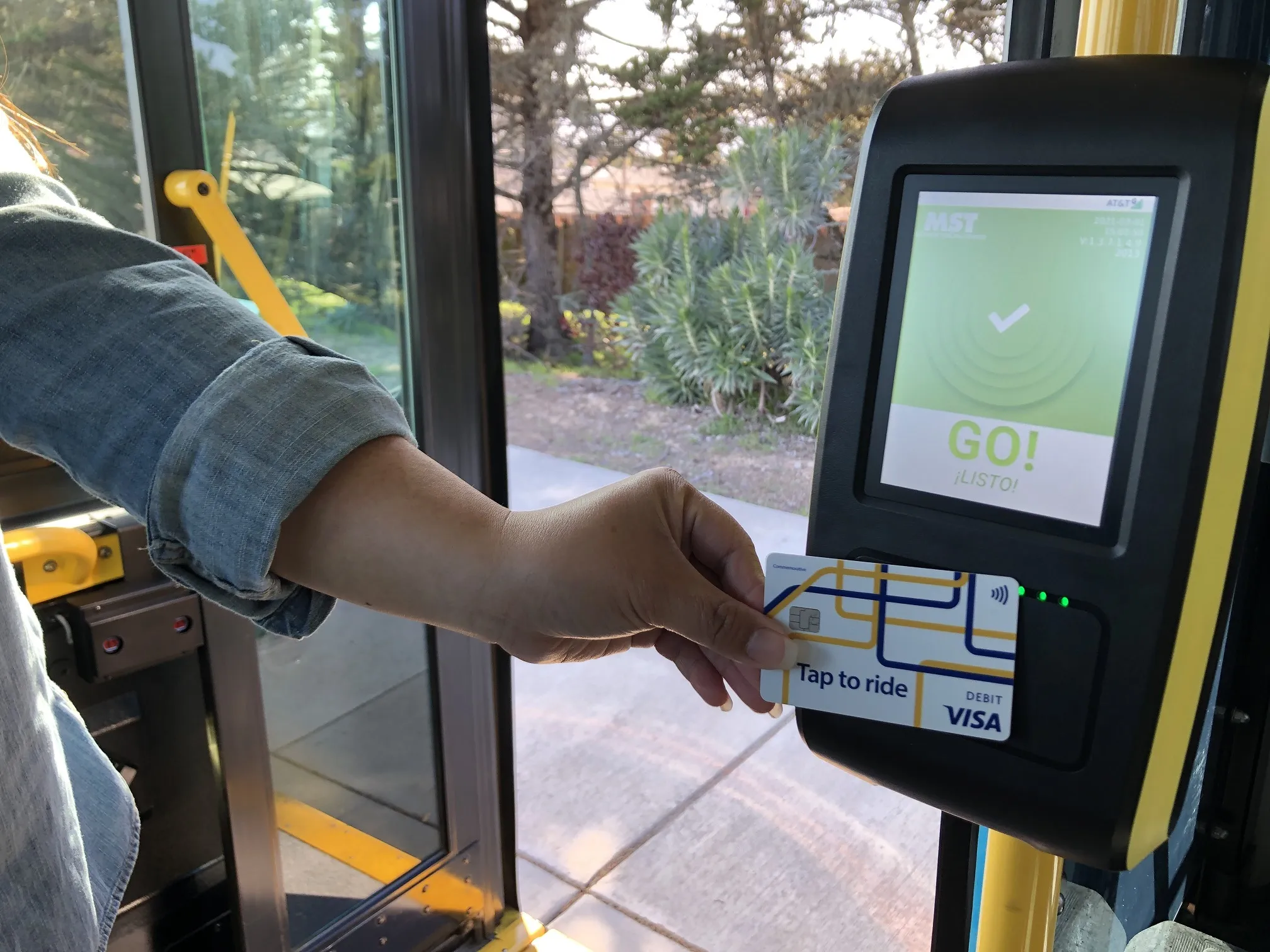Utah State University (USU) in the US has developed what it claims is the first and only wirelessly charged electric bus designed and developed exclusively by a North American research organisation. Nicknamed the Aggie Bus, the new vehicle is also the first of its kind in the world to achieve key performance standards for a wirelessly charged vehicle.
November 19, 2012
Read time: 2 mins
Utah State University (USU) in the US has developed what it claims is the first and only wirelessly charged electric bus designed and developed exclusively by a North American research organisation. Nicknamed the Aggie Bus, the new vehicle is also the first of its kind in the world to achieve key performance standards for a wirelessly charged vehicle.
The breakthrough prompted Robert T Bhunin, the Utah State University vice president of commercialisation and regional development, to state that the Aggie Bus is “a historic achievement and a great leap forward in the science and engineering related to electric vehicles.”
The new electric bus demonstrates that wireless charging is a viable option, at least for vehicles that make scheduled stops at pre-determined locations, such as bus stops.
The bus simply stops over a pad in the ground to recharge its batteries. Without wireless capabilities, the driver would have to get out of the bus to plug in manually. USU also notes that, in terms of maintenance, the wireless system involves significant savings over plug-in systems, since it involves no moving parts and virtually no wear and tear. The system is also weatherproof and has no unsightly wires.
With a reliable network of frequent recharges, the bus can run all day without having to charge a full of load on-board batteries. USU says that makes it the equal of any standard diesel or compressed natural gas bus.
USU claims the electric is a robust prototype for a commercially viable vehicle. Indeed, the5583 Utah Transit Authority has committed to a partnership for launching a full scale demonstration of the new technology by the middle of 2013, consisting of a 40-foot transit bus on a public transit route through the campus of another state institution, the University of Utah in Salt Lake City.
The breakthrough prompted Robert T Bhunin, the Utah State University vice president of commercialisation and regional development, to state that the Aggie Bus is “a historic achievement and a great leap forward in the science and engineering related to electric vehicles.”
The new electric bus demonstrates that wireless charging is a viable option, at least for vehicles that make scheduled stops at pre-determined locations, such as bus stops.
The bus simply stops over a pad in the ground to recharge its batteries. Without wireless capabilities, the driver would have to get out of the bus to plug in manually. USU also notes that, in terms of maintenance, the wireless system involves significant savings over plug-in systems, since it involves no moving parts and virtually no wear and tear. The system is also weatherproof and has no unsightly wires.
With a reliable network of frequent recharges, the bus can run all day without having to charge a full of load on-board batteries. USU says that makes it the equal of any standard diesel or compressed natural gas bus.
USU claims the electric is a robust prototype for a commercially viable vehicle. Indeed, the








